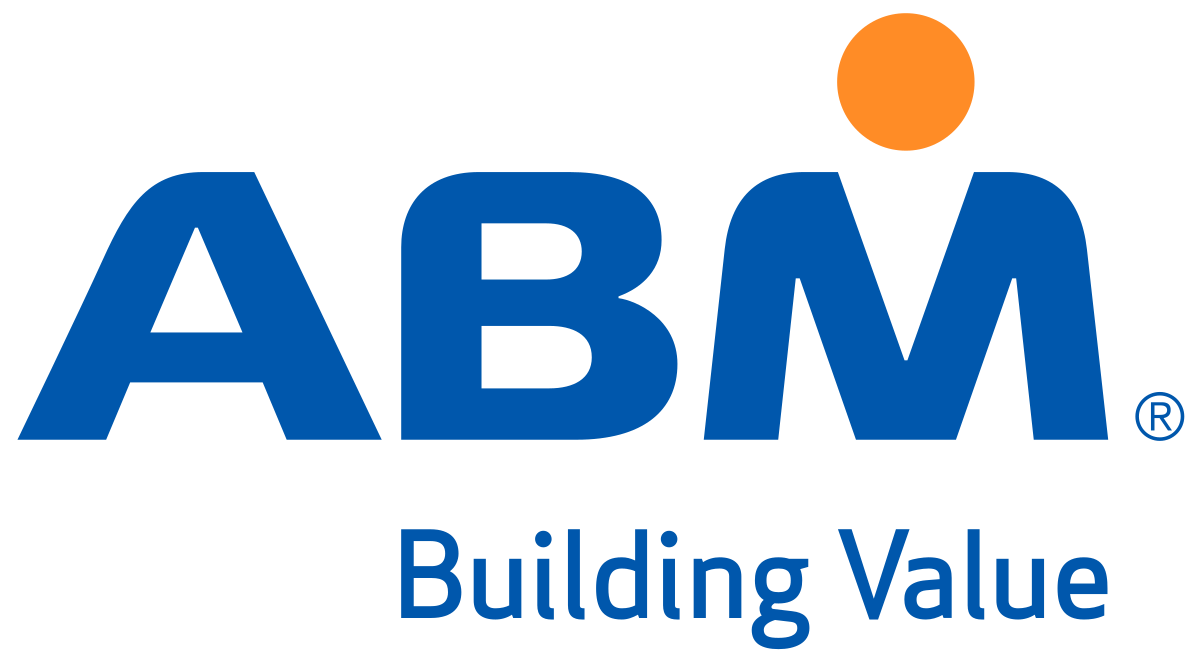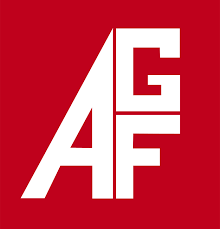by Brianna Crandall — June 29, 2016 — Despite the global collapse of commodity prices — including many key inputs to construction — overall construction costs continue to rise nationwide in large part due to labor supply and demand dynamics that first surfaced during the recession and still have yet to resolve, according to a new report from global real estate advisor CBRE Group.
In January 2016, average total construction costs in the United States registered a year-over-year increase of 1.8%, according to the RSMeans Construction Cost Index (CCI). Since January 2011, the national CCI has increased by an annual average of 2.3%, resulting in a cumulative 11.8% increase during that period.
Andrea Cross, Americas head of office research, CBRE, explains:
The price of materials is just one driver of overall construction costs. The cost of construction labor tends to be much more variable across geographies and over time, so it typically has a larger impact on overall cost trends. The collapse of the housing market and subsequent recession affected supply-side dynamics for new construction throughout the country, as a substantial number of construction workers left the industry during the downturn and never returned.
Nationwide, the number of workers employed in construction-related occupations declined by nearly 985,000, or 15.8%, between 2005 and 2015, according to the most recent occupational employment statistics survey from the Bureau of Labor Statistics. As a consequence, many markets have faced considerable labor shortages as new construction has picked up during the current economic cycle.
According to Cross:
When the number of new construction jobs began to grow without a proportional increase in qualified construction workers, tighter labor markets conditions pushed wages upward. The effect was compounded by increased fees from contractors, who charged more not just because they could now afford to be more selective, but also because they were stretched across a larger number of projects and would need to use less-experienced crews for some projects — allocating to those projects more man-hours than would be necessary with the best crews.
In addition to rising labor costs, while the U.S. Producer Price, Index (PPI) has showed dramatic price drops for many key construction materials including asphalt, diesel and iron and steel products, the overall price of construction materials has not fallen, according to the report. The decline in some materials has been offset by increases in other construction products (glass, cement and construction sand, gravel and stone). In addition, local materials prices tend to be sticky — supply-chain issues, contract requirements, project timelines and other factors cause price changes to lag broader trends.
Construction cost increases have outpaced the national average in several major metropolitan areas since January 2011. In the past year, Atlanta and Los Angeles saw particularly steep CCI increases — 3.8% and 3.5%, respectively. For most markets, annual construction cost inflation accelerated in January 2016, following limited growth in 2015, says the report.
While total construction costs have registered strong increases during the current economic cycle, appreciation has been significantly slower than in the previous cycle. Between January 2004 and January 2009, the national CCI increased by an average of 6.6% per year for a cumulative gain of 37.4% — more than three times the cumulative 11.8% increase from 2011-2015.
The CBRE report, the first in a multi-part series, can be accessed from the CBRE Research and Reports Search Web page with log-in.




